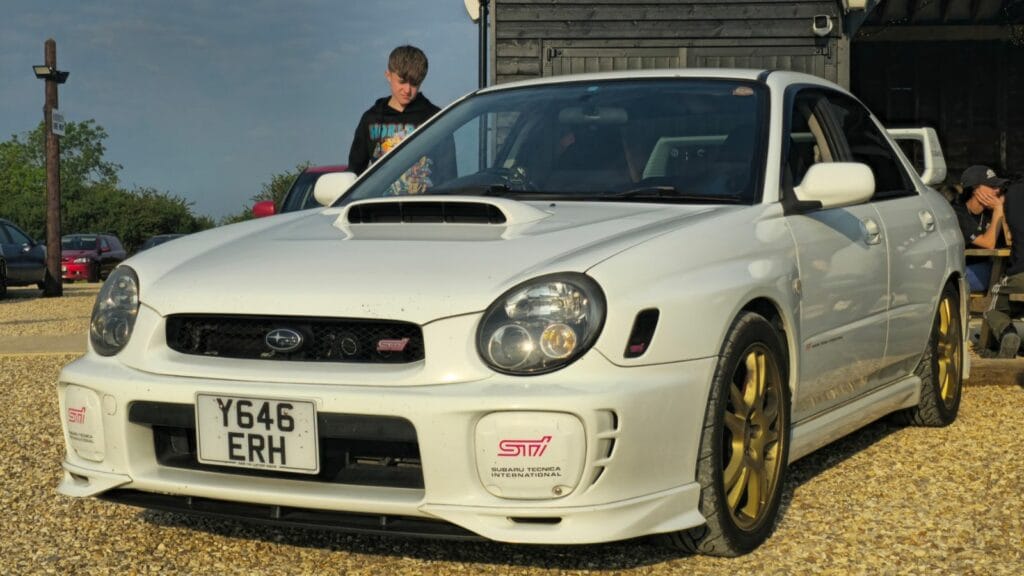You have already seen the best of American bargains, but what about Japanese classics? Known for their bulletproof reliability, clever engineering, and surprising performance, Japanese cars from the 70s through the early 2000s have earned their spot in the hearts of enthusiasts. Even in 2025, there are still a few sweet deals left if you are willing to search carefully, wrench a little, and appreciate the beauty of Japanese design. These are not trailer queens, but they have soul, style, and a reputation built on decades of real-world respect.
Honda Accord (1990 to 2002)
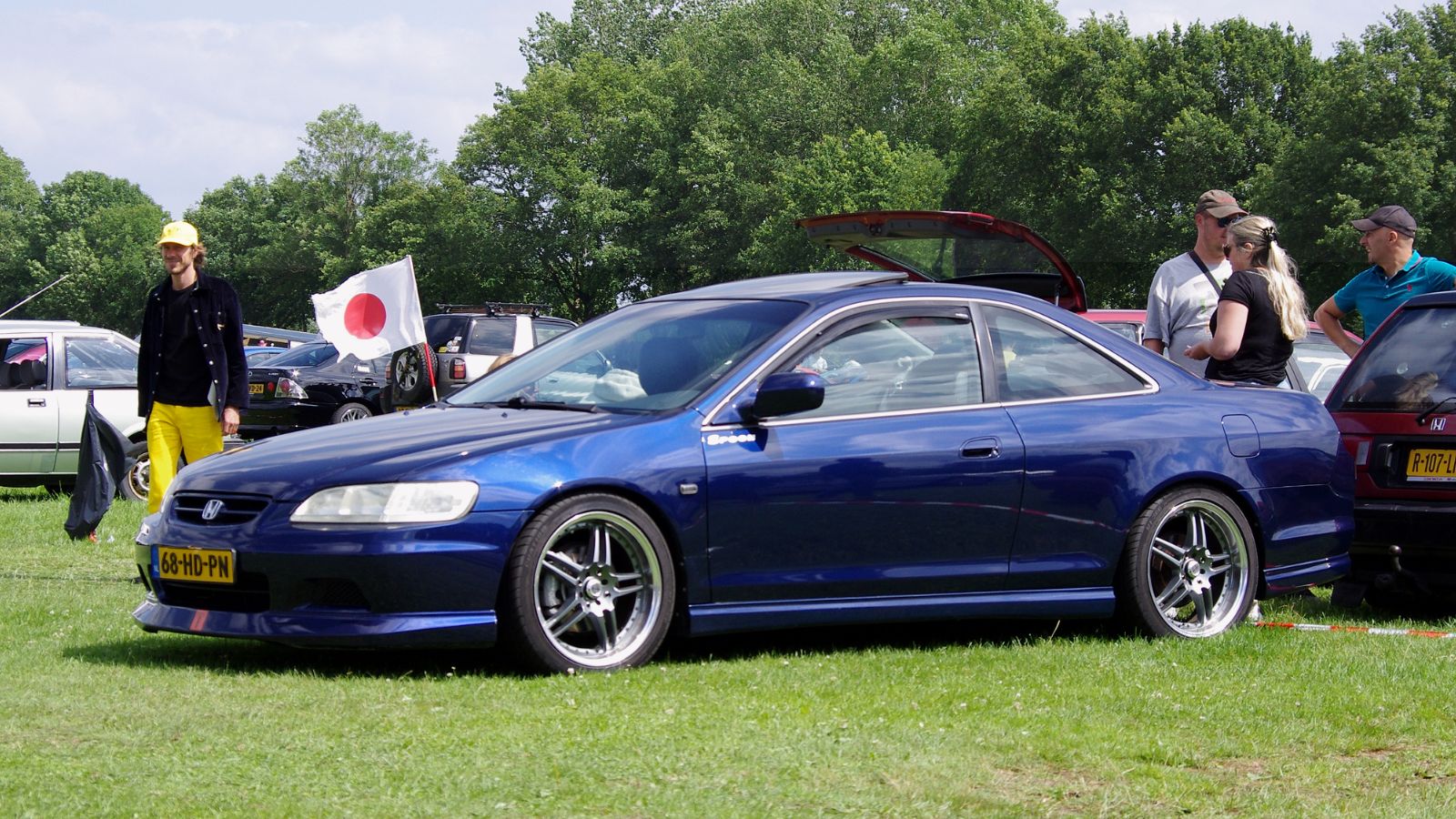
The Accord might be the most quietly respected car on American roads. Generations of owners loved them, and clean ones are still around. From the iconic pop-up headlight era to the more refined early 2000s sedans and coupes, the Accord delivers bulletproof dependability and a satisfying drive. Look for the EX trim with the VTEC four cylinder or V6. Manuals are out there and are a joy to drive. Parts are cheap, and maintenance is easy. For under $5000, it is one of the smartest buys out there.
Toyota Celica (1990 to 1999)
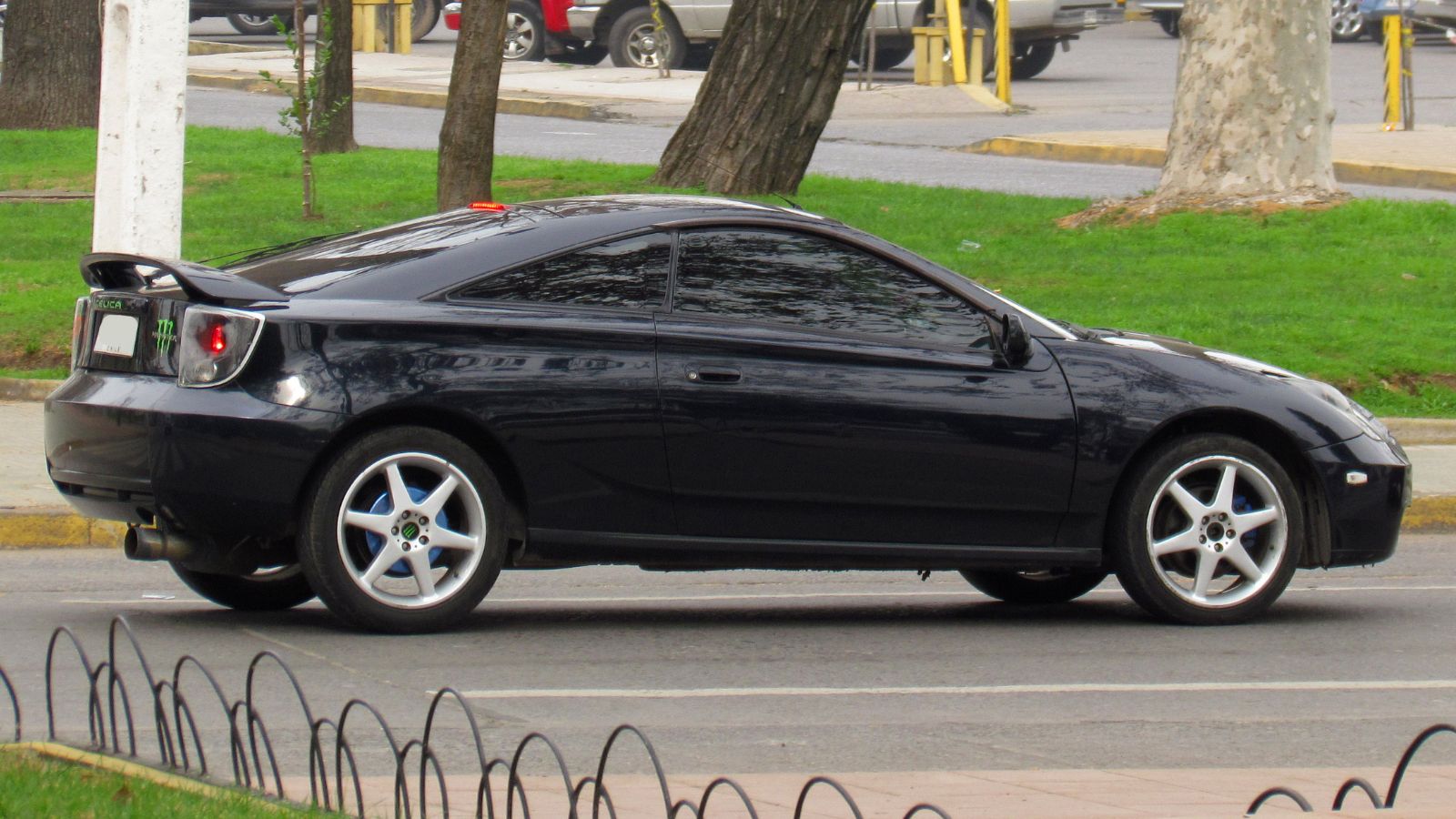
Sleek lines, front-wheel-drive balance, and Toyota reliability made the Celica a cult favorite. The sixth-generation model, in particular, stands out for its crisp styling and well-sorted chassis. While GT-Four variants are expensive now, GT and ST trims remain affordable and fun. These cars love to rev, they handle well out of the box, and a wide community of enthusiasts still supports them. Most importantly, they feel sporty without being fragile or difficult to own.
Nissan Sentra SE-R (1991 to 1994)
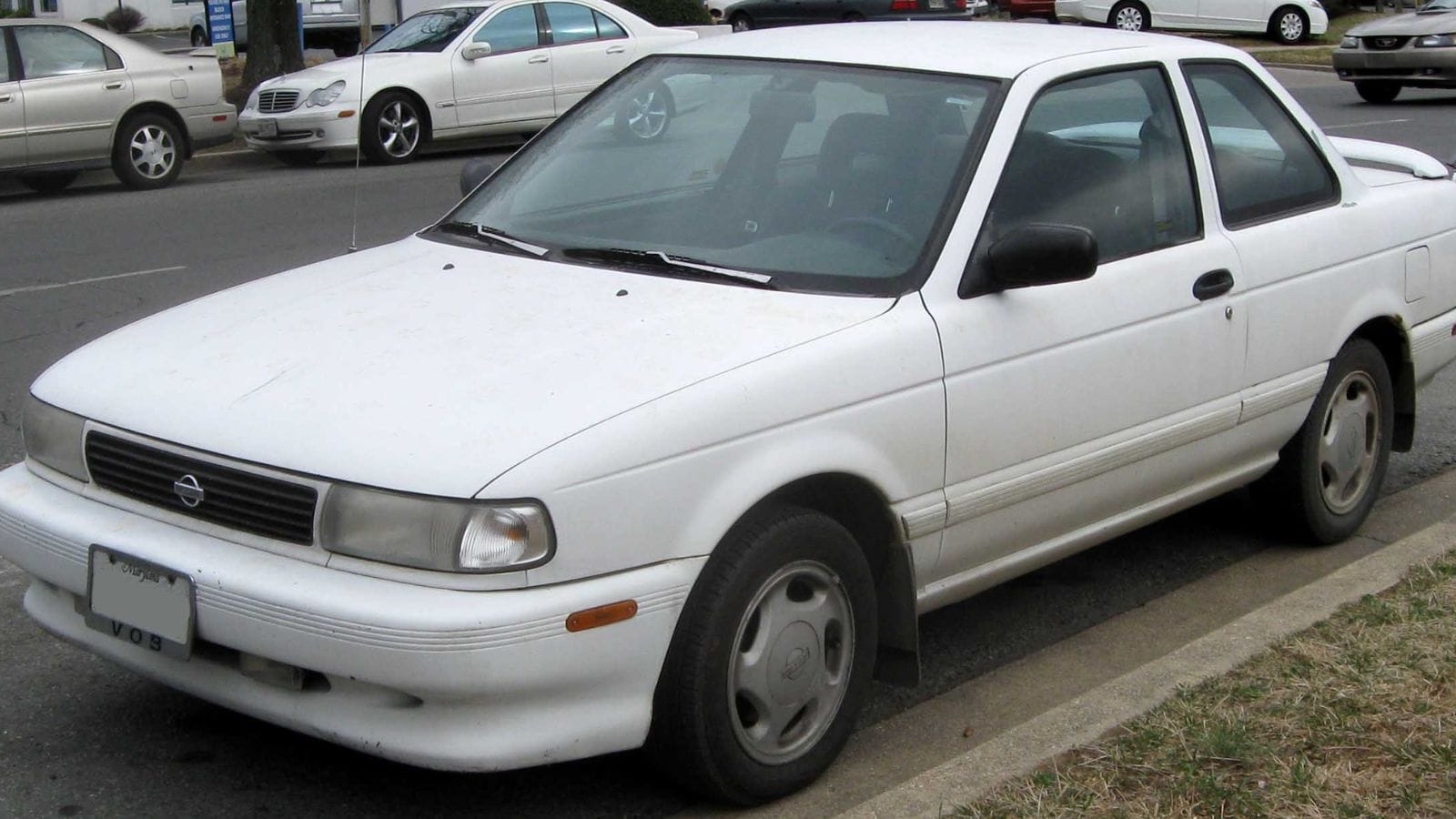
Lightweight, scrappy, and fun in that old school compact way, the B13 Sentra SE-R is still one of the great front wheel drive driver’s cars. With a high-revving 2.0-liter engine, independent suspension, and a slick five-speed, it delivered the fun of more expensive hot hatches at a bargain. Today, they are harder to find in clean shape, but they do exist if you are willing to hunt. They have a racing pedigree and loads of charm, especially for those who grew up around 90s sport compacts.
Subaru Impreza (1993 to 2001)

Before the WRX exploded in popularity, the Impreza was quietly becoming a favorite among tuners and rally fans. The first generation cars offer simple boxer engines, all wheel drive grip, and good bones for upgrades. While the turbocharged versions are now pricey, the naturally aspirated cars remain accessible and have plenty of character. Their road feel and traction make them excellent winter cars, too. You can daily drive one and still enjoy backroad blasts on the weekends.
Toyota Tercel (1987 to 1998)
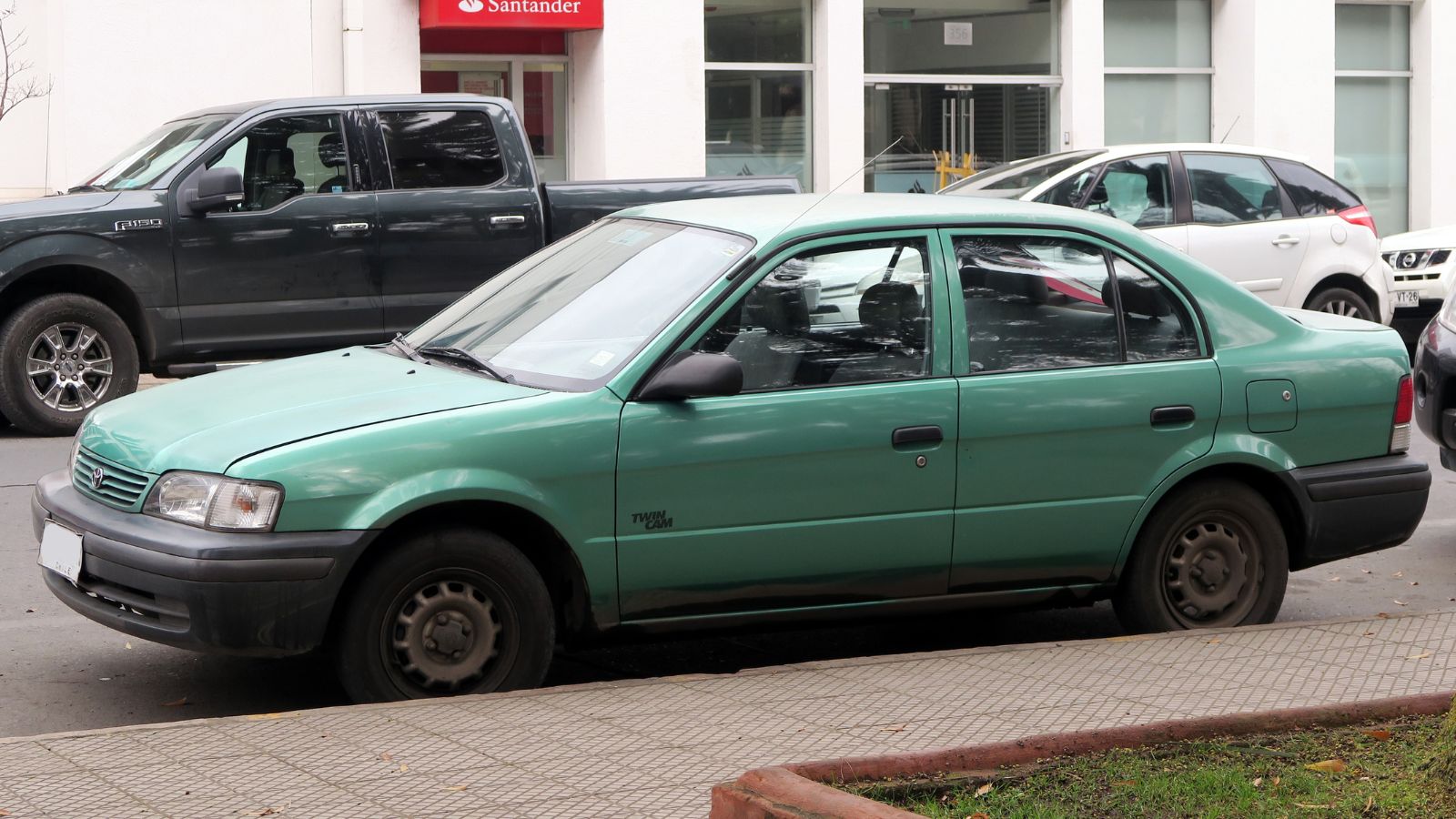
It is easy to dismiss the Tercel as a basic commuter, but that simplicity is part of the appeal. These cars are light, fuel-efficient, and mechanically bulletproof. The four-speed or five-speed manuals feel more entertaining than you would expect. They are also nearly indestructible and surprisingly fun when driven with enthusiasm. Plus, clean ones with original paint and tidy interiors have become rare enough to turn heads at car meets.
Mazda MX 6 (1988 to 1997)
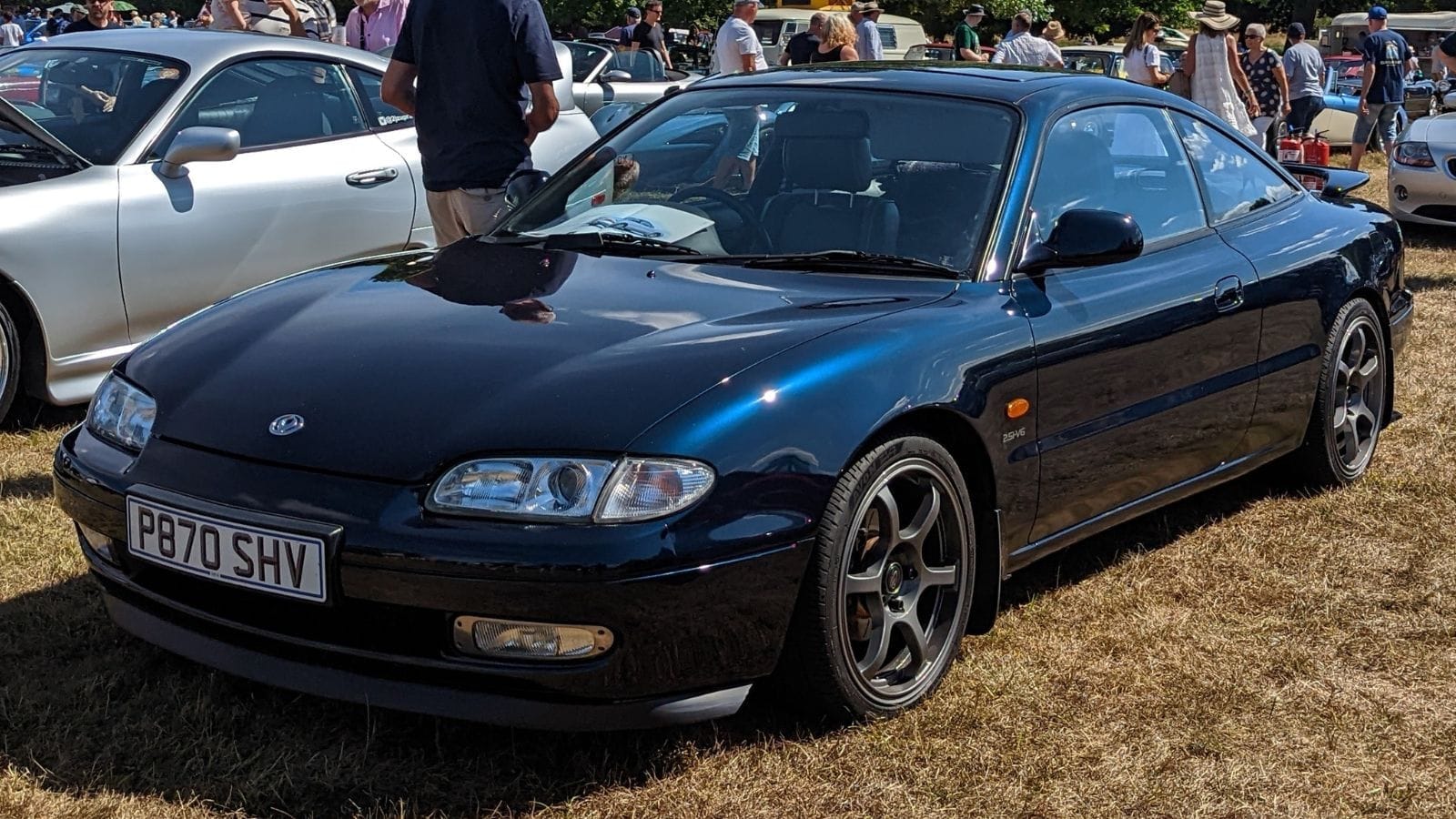
The MX 6 is an often overlooked coupe with a wonderful V6 engine and sleek styling. Shared with the Ford Probe, the MX-6 had better build quality and a more understated design. It is smooth, quick for its time, and surprisingly refined on long drives. Many were well cared for and still popped up under budget. Manual transmissions are the ones to grab, especially in the LS trim. If you want something a little different from the crowd, this coupe deserves more attention.
Nissan Maxima (1989 to 1999)
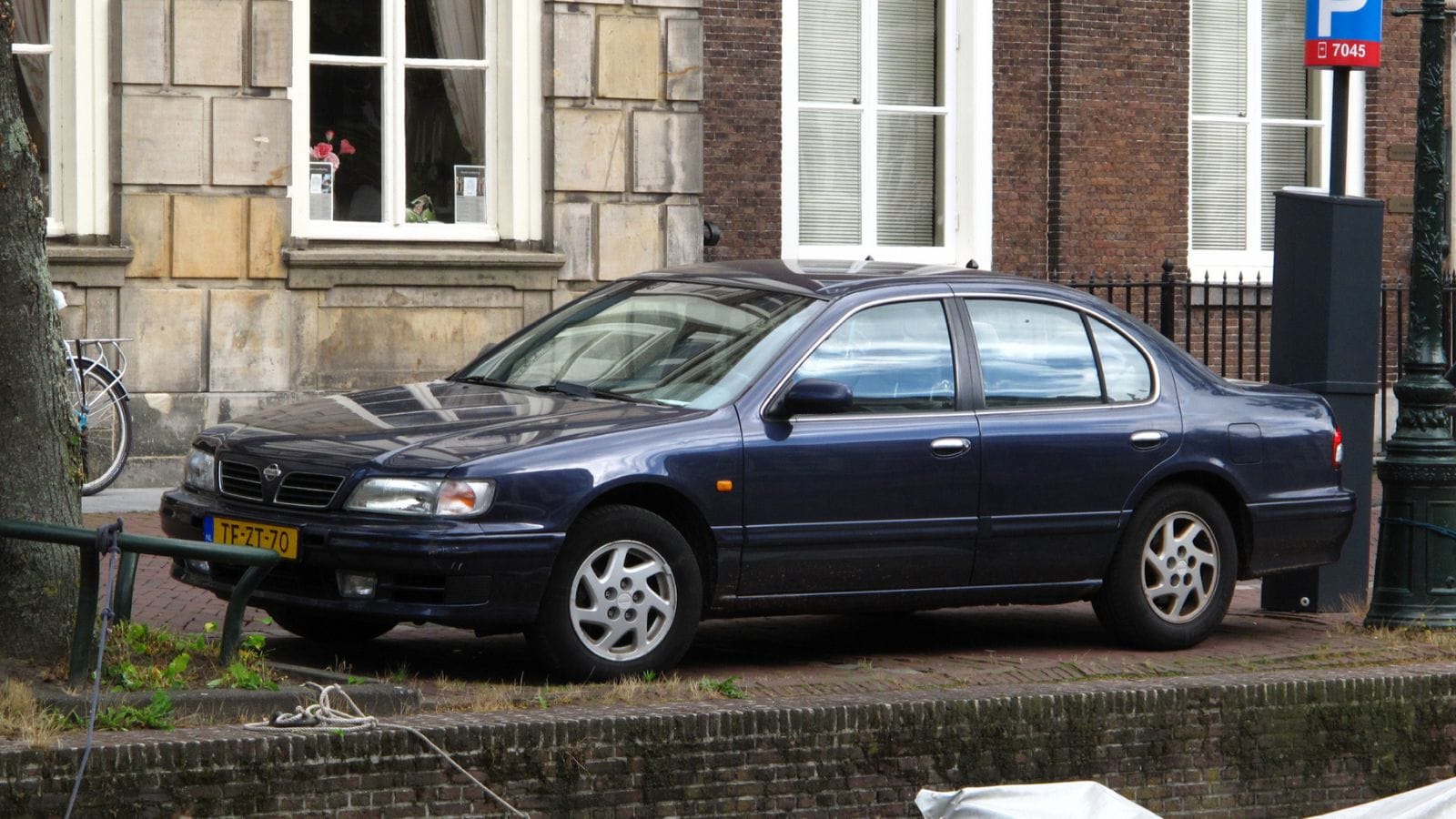
Back when Nissan called it the four-door sports car, the Maxima lived up to that name. These sedans offered strong V6 engines, manual gearboxes, and rear end flair that felt more premium than the price suggested. The third and fourth generation Maximas remain some of the most enjoyable sedans from that era. If you find a clean one with a manual, grab it. They are aging well and have become sleeper collectibles.
Toyota Corolla FX16 GT-S (1987 to 1988)
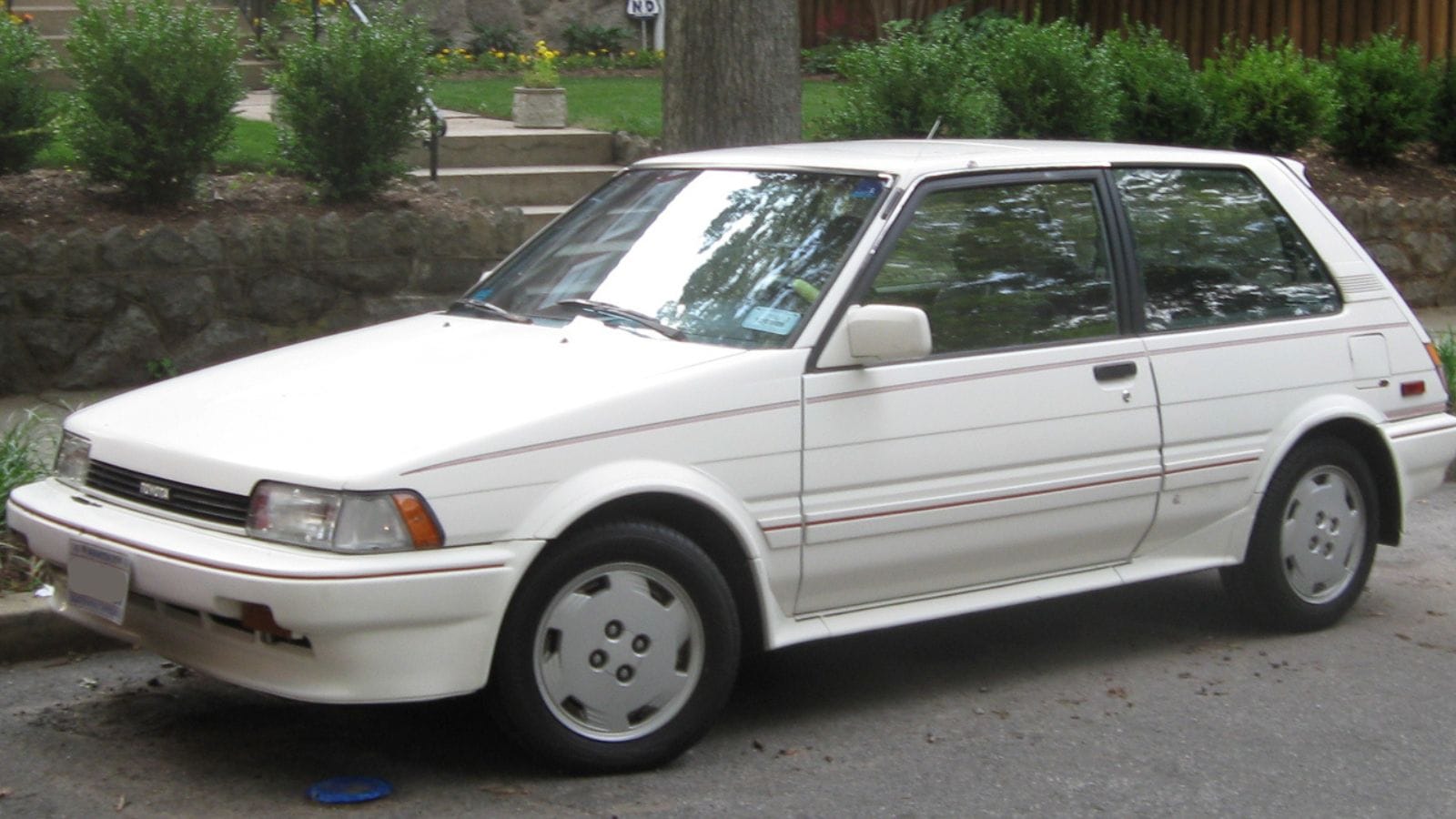
Short-lived but full of personality, the FX16 GT-S was Toyota’s hot hatch answer before the tuner craze began. With a rev-happy twin cam 4A-GE engine and lightweight chassis, it handled like a go-kart and delivered grins at every gear change. Finding one today is tough, but not impossible. These cars reward mechanical sympathy and DIY attention. They also have authentic motorsport heritage from the AE86 family, and the underhood similarities make them a smart buy for vintage Toyota fans.
Acura Integra (1986 to 1995)

The original Integra is still one of the best entry-level sporty cars you can buy. Sharp styling, brilliant handling, and high-revving engines make it a favorite among Honda lovers. Early models are harder to find now, but base and LS trims remain within reach. Avoid heavily modified or neglected examples and look for honest, unmolested cars. With a bit of love, they are some of the most rewarding front-wheel-drive cars ever made.
Mitsubishi Mirage (1992 to 1996)
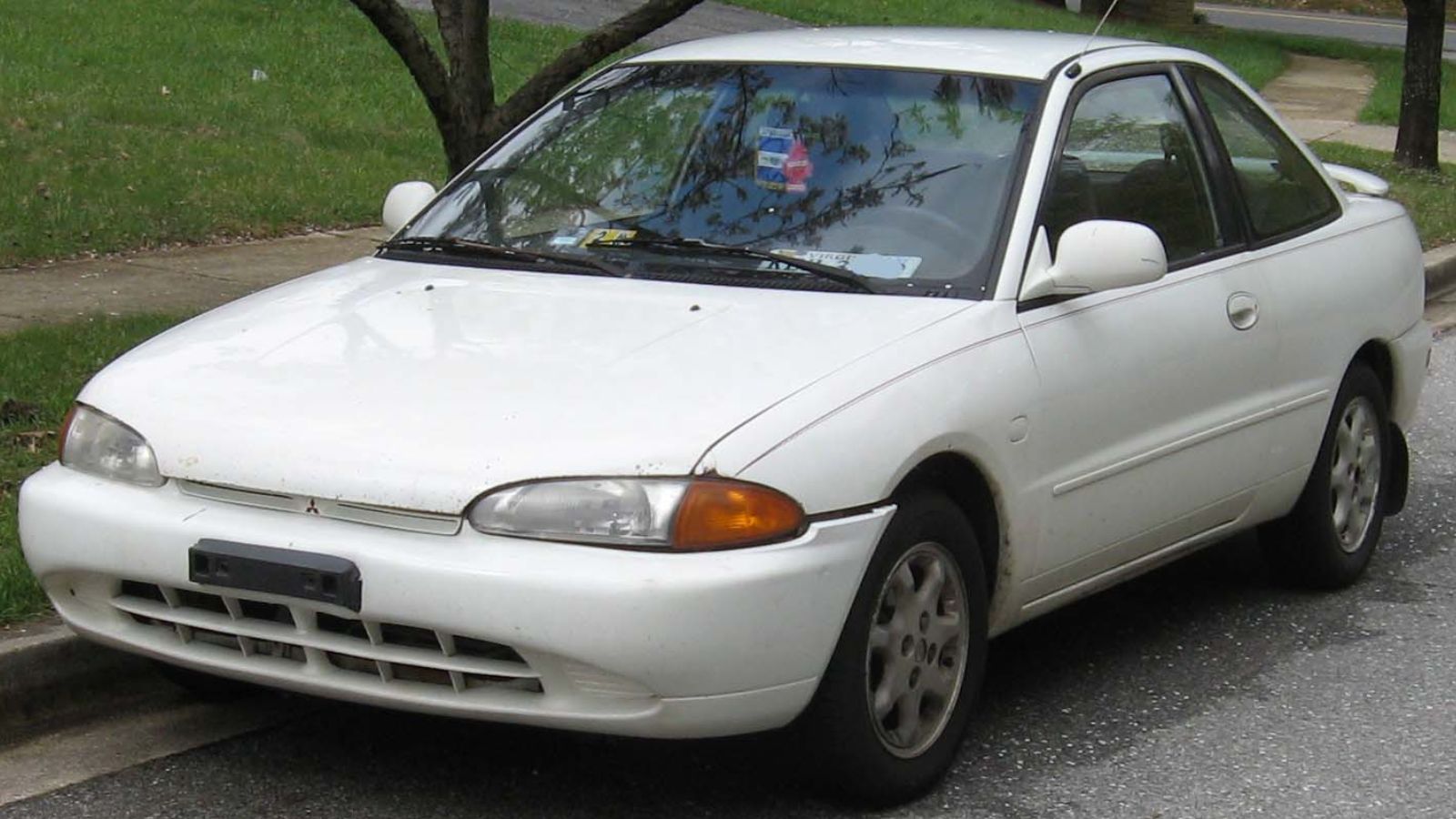
Compact and a bit anonymous, the Mirage is another sleeper from the ’90s. The coupe versions in particular offer lightweight and nimble steering, especially when paired with a manual gearbox. These cars are simple, cheap, and reliable. While they were never fast, they make excellent platforms for learning car control, basic tuning, or just enjoying backroad drives in a lightweight package. You will often find them in good condition because most buyers often overlook them.
Honda Prelude (1988 to 1996)
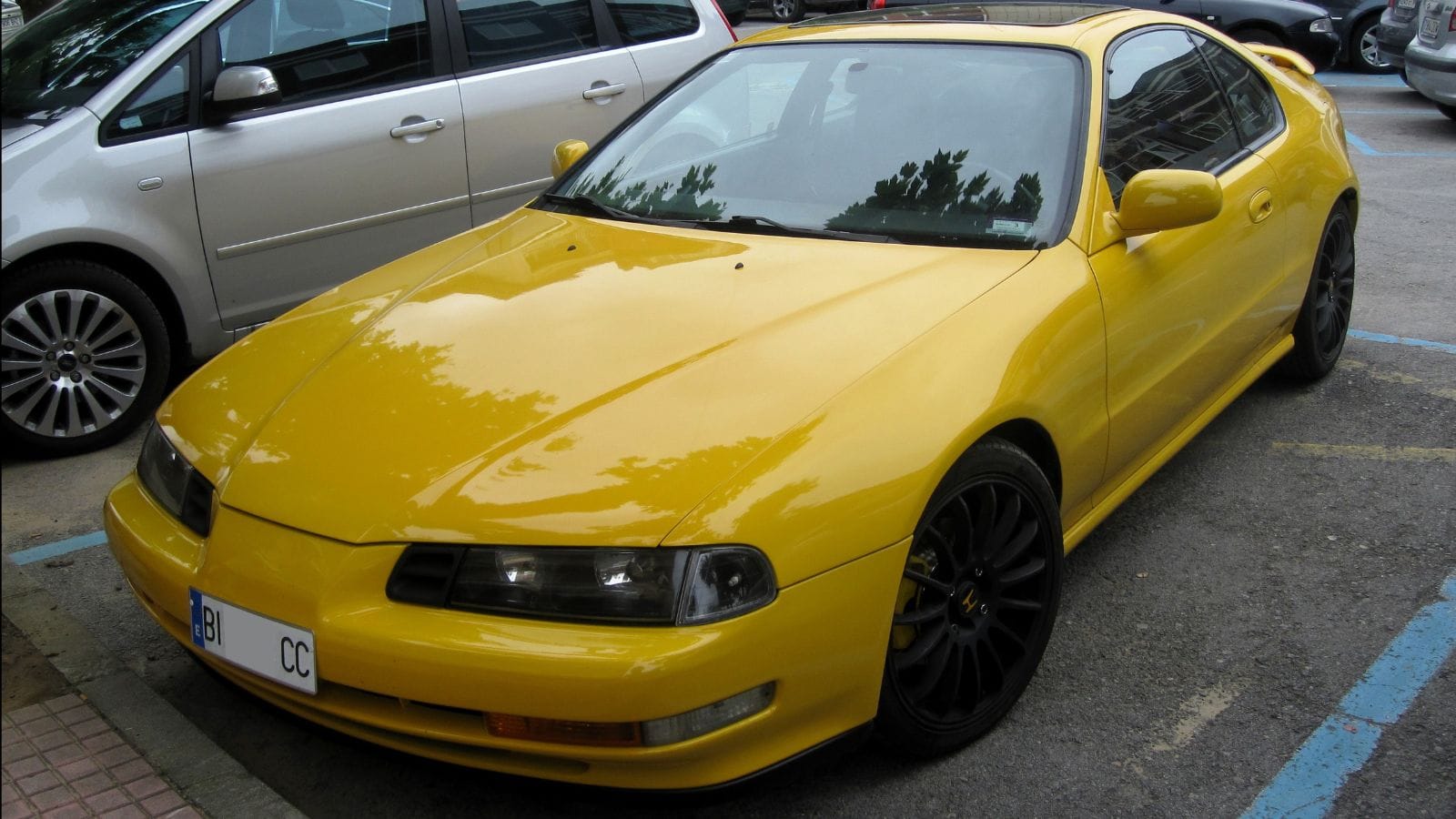
The Prelude was always a bit of an oddball in Honda’s lineup, which is exactly why it is so interesting. Sharp handling, unique four wheel steering in some trims, and beautiful proportions make it one of Honda’s greatest hits. Values are climbing, but you can still find the occasional base model or automatic in decent shape under $5000. It is an excellent alternative to the Integra and feels just as engaging when pushed on a winding road.
Toyota Cressida (1977 to 1992)
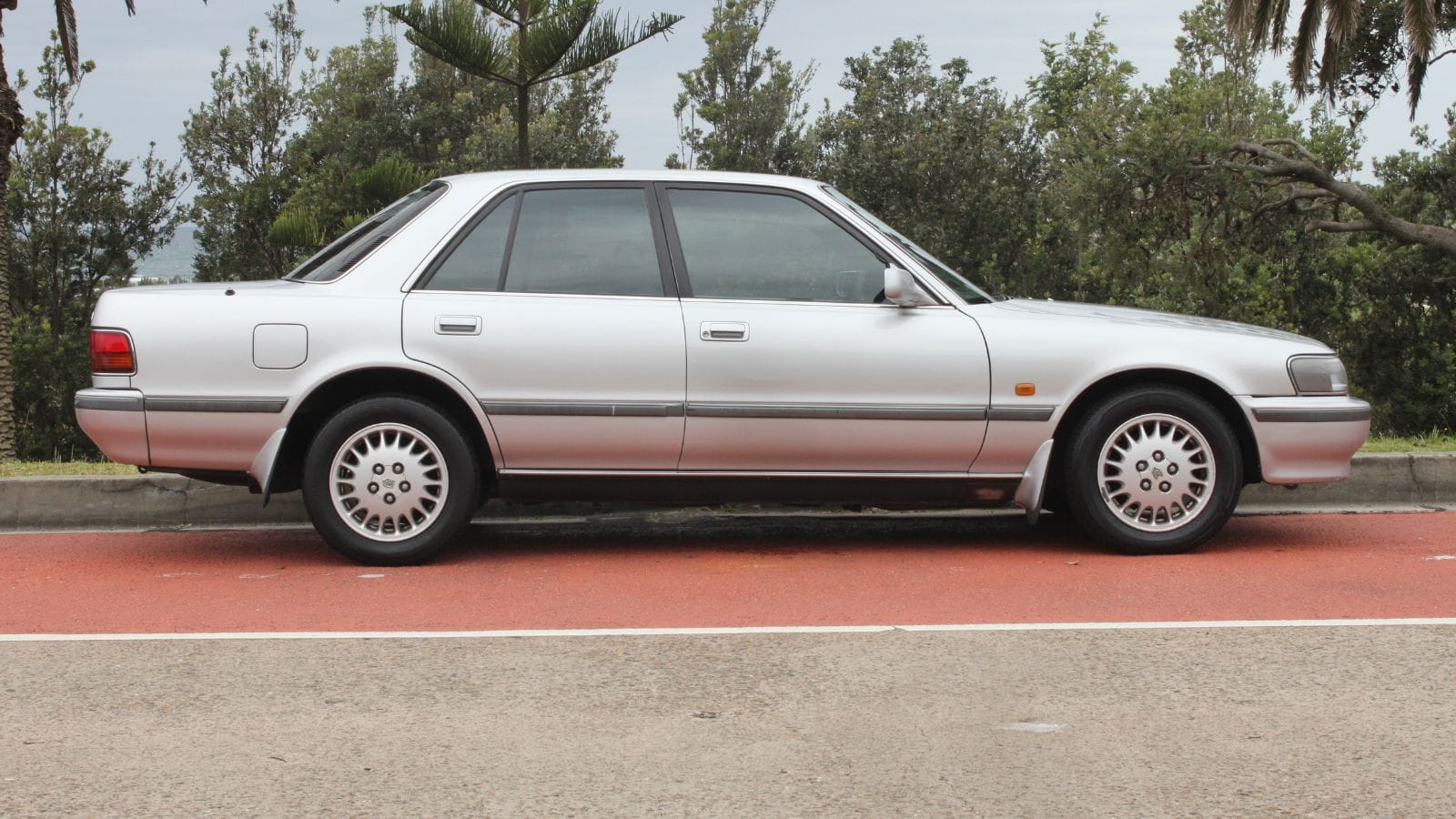
Long before Lexus came along, Toyota was already building luxury sedans with smooth inline six engines and rear wheel drive layouts. The Cressida is the underappreciated grandpa of the Supra and shares its engine architecture in many cases. With a plush ride and an old-school JDM feel, it makes a fantastic cruiser. Enthusiasts know how special they are, but prices remain reasonable for higher-mile cars. It is also a great sleeper platform if you want to build something unique.
Mazda Protegé (1995 to 2003)
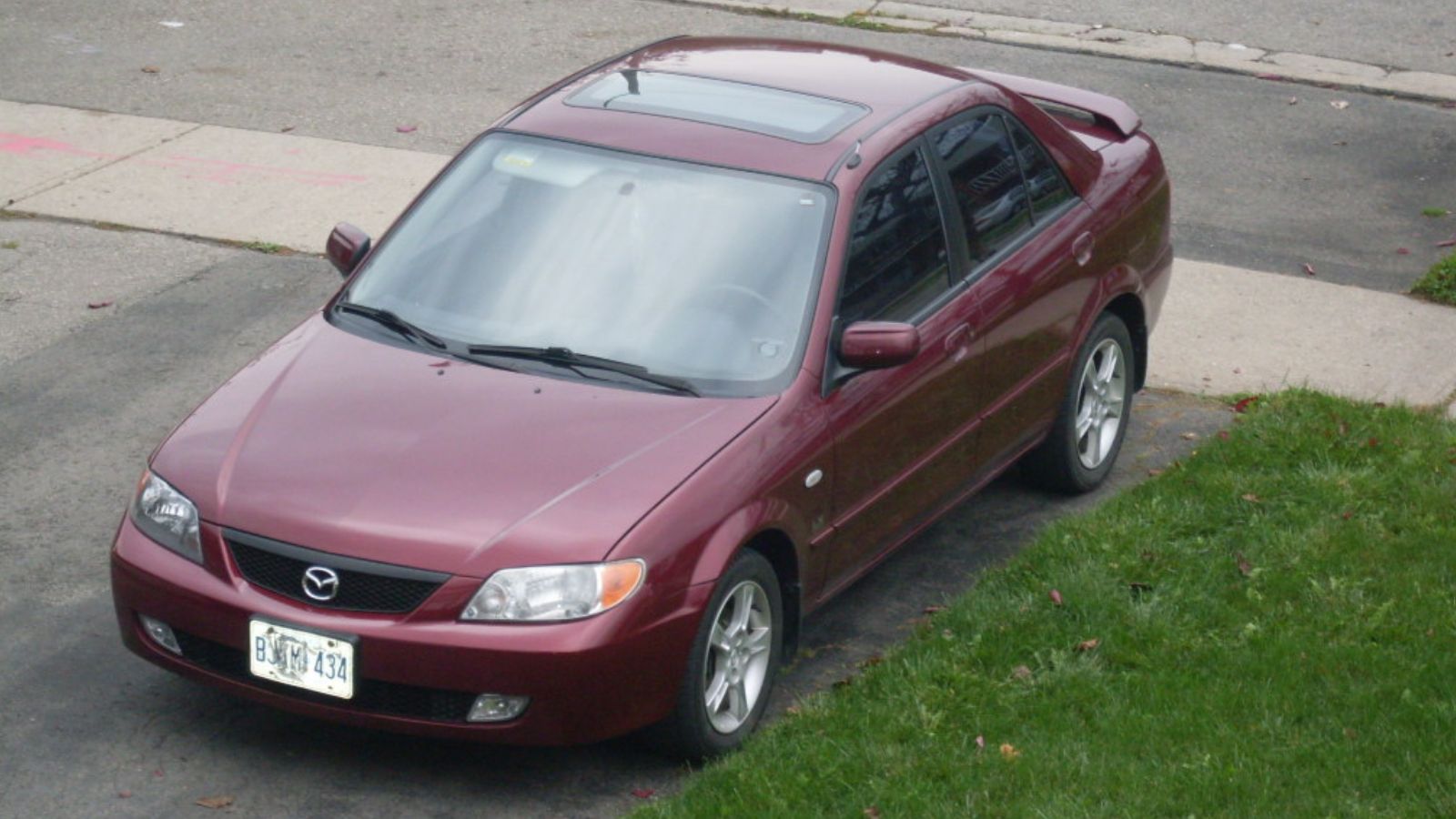
Don’t sleep on the Protegé. It might not scream excitement, but the third generation in particular handled far better than anyone expected and had one of the most engaging chassis in its class. With a five-speed manual, this compact sedan is way more fun than it should be. Add bulletproof reliability and you have a perfect starter car that’s fun, cheap, and cheerful. Look for the ES trim for the best suspension tuning and interior touches.
Nissan 200SX SE-R (1995 to 1998)
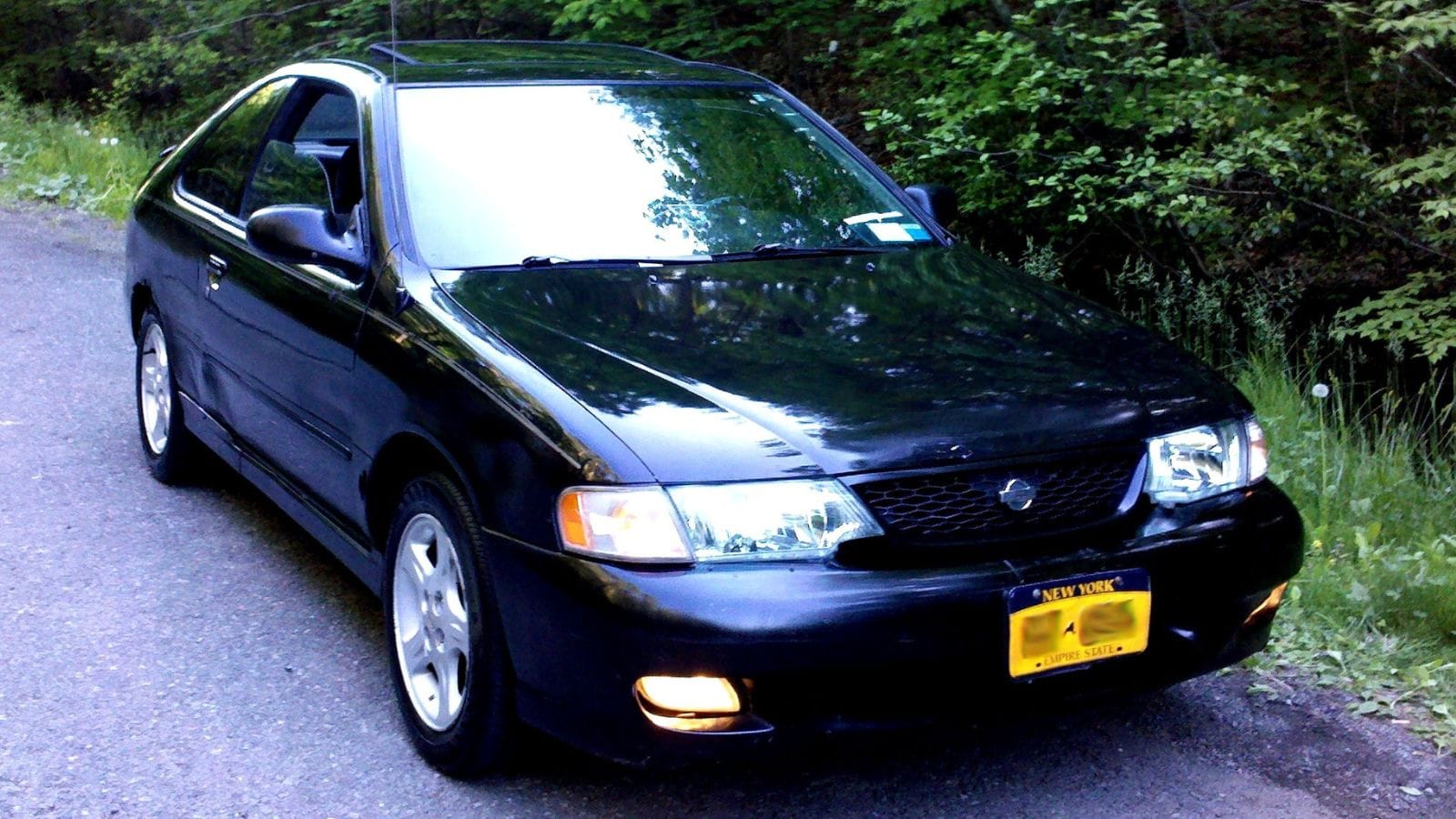
One of the final old-school compact coupes, the 200SX SE-R had the same powertrain as the Sentra but wrapped in a sportier body. With independent suspension and a strong SR20 engine, it was the perfect sleeper coupe. They are rarely found stock anymore, but they do pop up in classifieds under $5000 if you’re patient. These cars have real tuning potential and make great daily classics with a bit of attitude.
Honda Civic (1992 to 2000)
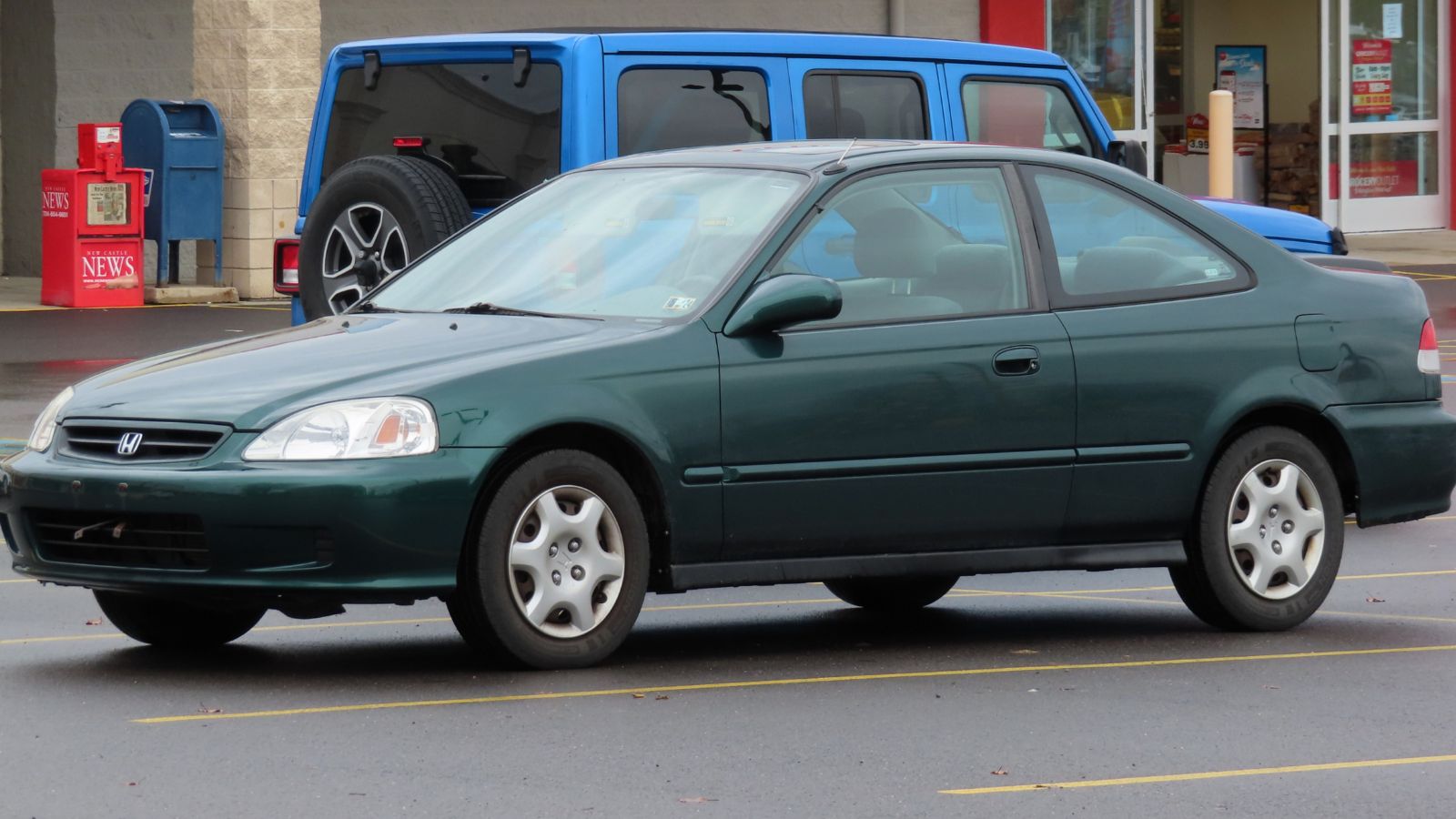
No list would be complete without the Civic. While Type Rs and Si trims are out of budget, base and DX models still offer tons of charm. Lightweight, reliability, and a massive tuning scene make the Civic a forever favorite. Early EG and EK chassis cars are now seen as modern classics, and they are simple to maintain and easy to modify. Even as prices creep up, clean Civics are still out there, especially with an open mind and a willingness to drive a little to grab the right one.
Fixing Japanese Cars to Add Value
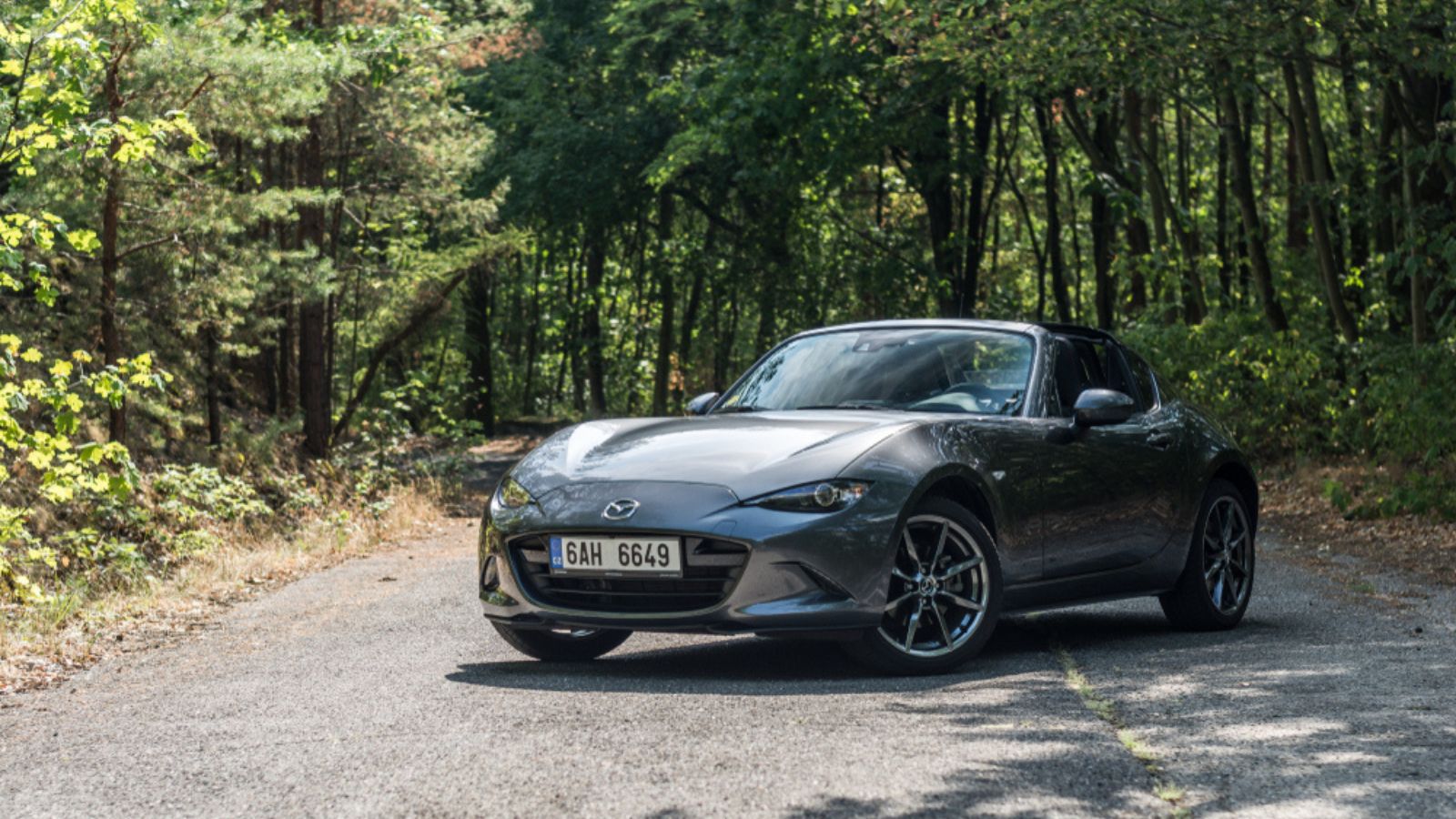
The real key to unlocking the value in these Japanese classics is knowing how to turn a spanner. Most cars on this list were designed with simplicity in mind. A valve cover gasket, timing belt, brake service, or suspension refresh can all be done in a home garage with basic tools. That means a car listed as a “mechanic’s special” could be your best opportunity. Buy cheap, fix smart, and drive something you love.
Japanese classics reward care, and many of the needed fixes are well documented by huge online communities. You save cash, learn something new, and keep another piece of automotive history on the road. That’s a win across the board.
21 Products Canadians Should Stockpile Before Tariffs Hit

If trade tensions escalate between Canada and the U.S., everyday essentials can suddenly disappear or skyrocket in price. Products like pantry basics and tech must-haves that depend on are deeply tied to cross-border supply chains and are likely to face various kinds of disruptions
21 Products Canadians Should Stockpile Before Tariffs Hit
